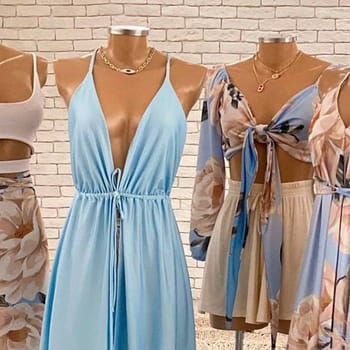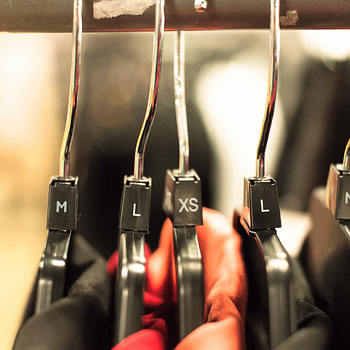Is The Omnichannel Business Plan The New Direction For The Fashion Industry?

In the past few years, in particular, we have seen a drive towards owning online real estate, so that businesses within the retail, fashion and e-commerce fashion photography sectors can target their audiences. However, this trend has seen an increasingly competitive and challenging environment develop, leading to the cost of acquisition online rising quickly.
As a result of this, there now appears to be a focus on creating an omnichannel business plan as a route to success in the fashion and retail industry. This is something those of us working in the e-commerce fashion photography London sector should be aware of, as this means images and branding must transcend multiple platforms.
What do we mean by Omnichannel?
When we talk about omnichannel commerce, we mean a business or brand that has integrated different methods of interaction with its customers. This means that a brand doesn’t simply focus on digital DTC (direct-to-consumer) via its own e-commerce store but targets partnerships with brick-and-mortar stores, wholesale opportunities and more.
Covid has clearly accelerated the transition to digital media for many brands, businesses and industries but how to succeed within this new world is a more challenging question. Many believe omnichannel business plans can help answer this question both in the short and long term.
Why are brands making the change?
So let’s consider why brands are making this change, whether currently operating as a purely online brand or having a mixture of physical and digital stores.
Firstly, as a result of significant changes in data tracking and advertising on platforms such as Facebook and Google etc, the cost of getting traffic to land on your online store is increasingly expensive. Throw in the strength of competitors like Amazon who have a range of revenue streams and clearly understand their audience and the challenge can be too much for many brands.
Secondly, many businesses see the opportunity to offer wholesale options and connect with different markets as a more sustainable way to grow their business, leading to stronger-looking prospects for the stakeholders.
If we look at some of the data seen so far, there has been an increase in people returning to the high street after Covid. Some research shows store visits are up by as much as 6.5% from a year ago. Clearly, this suggests businesses should consider how the high street forms part of their omnichannel presence.
Latest examples of brands changing their business plan
One of the leading examples of brands realising the potential of an omnichannel business plan is the beauty brand Glossier. In 2022, they announced via social media that they would be selling their products in all of Sephora’s stores in 2023, both online and offline.
Peloton saw an explosion in popularity during Covid but as a result of a challenging business environment, they have started to explore wholesale opportunities by partnering with Amazon. This is one way they are looking to counter the problems faced by their retail operation and only time will tell if this delivers what they hope.




